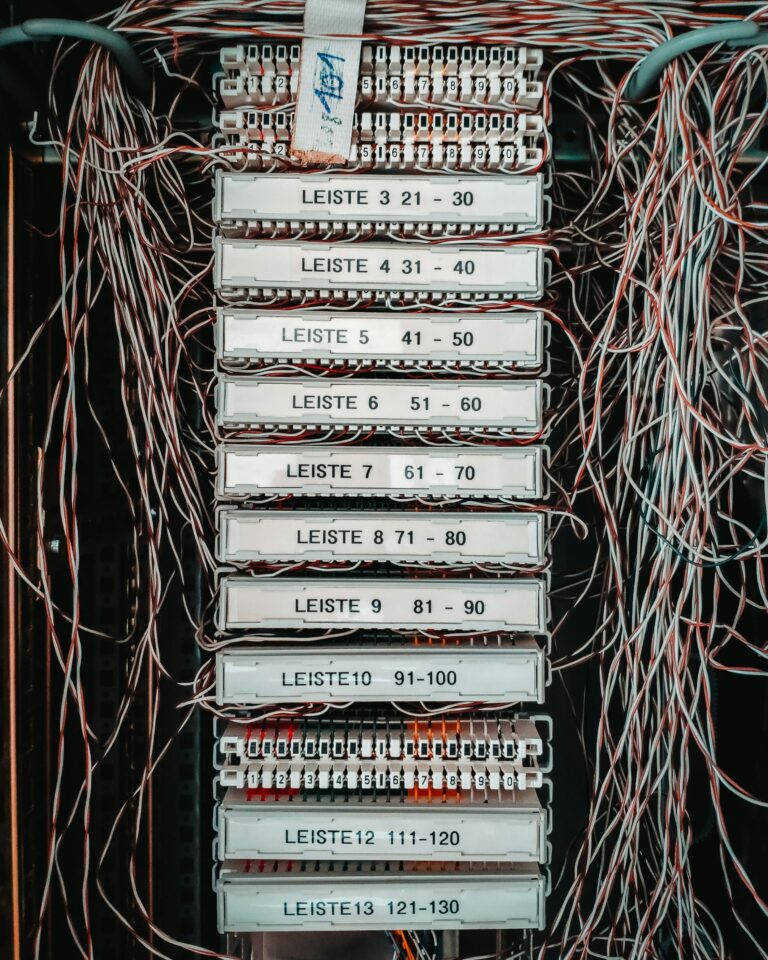The Future of Robotics: From Factories to Everyday Homes
For decades, robots were viewed as industrial workhorses — machines confined to factory floors, assembling cars and packaging goods with precision and speed. But the world is changing fast, and so are robots. What was once purely mechanical is now intelligent, adaptive, and increasingly human-centric.
As artificial intelligence, machine learning, and automation technologies converge, robotics is moving beyond manufacturing into everyday life. From smart assistants that cook, clean, and organize to humanoid machines capable of emotional interaction, the future of robotics is unfolding right inside our homes.
From Industrial Precision to Personal Assistance
In the early 2000s, industrial robots revolutionized manufacturing by improving efficiency and reducing labor costs. Today, they’ve evolved far beyond simple assembly arms. Modern robots are equipped with sensors, computer vision, and AI-driven learning capabilities that allow them to adapt to new environments and tasks.
This shift has opened the door for consumer-grade robotics — machines that don’t just build products but improve the quality of daily life. Robotic vacuums, lawn mowers, and kitchen assistants are only the beginning. As robotics becomes more intuitive, we can expect home robots to manage household chores, assist elderly family members, and even offer companionship.
The Rise of Collaborative Robots (Cobots)
One of the most exciting developments in robotics is the rise of collaborative robots, or cobots. Unlike traditional machines that operated in isolation, cobots work safely alongside humans. They’re designed with sensors and algorithms that detect proximity and pressure, making them ideal for small businesses, healthcare settings, and educational environments.
In homes, cobots could soon handle complex tasks like meal preparation, laundry folding, and personalized learning for children, combining physical functionality with cognitive intelligence.
AI and Emotional Intelligence in Robotics
The next frontier of robotics isn’t just mechanical, it’s emotional. Researchers are training robots to recognize facial expressions, understand tone, and respond empathetically. This development could transform caregiving, customer service, and education.
Imagine a robot that can sense stress in your voice, suggest relaxation techniques, or remind you to take a break. Emotional robotics will redefine how humans and machines coexist, moving the relationship from utility to companionship.
The Economics of Everyday Robots
As production costs decrease and efficiency improves, robotics will soon become as accessible as smartphones. Global markets project that the household robotics industry will surpass $40 billion by 2030, fueled by advances in battery life, lightweight materials, and open-source AI models.
However, this growth also brings challenges. Questions about data privacy, job automation, and ethical use remain at the forefront of the discussion. The integration of robotics into everyday life will require not just innovation, but responsibility.
Innovation and Industry Collaboration
The robotics revolution isn’t happening in isolation, it’s a global effort powered by collaboration between engineers, AI developers, marketers, and tech innovators. Many forward-thinking digital agencies and technology partners are helping robotics and automation companies scale through smarter communication and brand positioning.
Organizations like Dlinx Outreach, which specialize in digital marketing, SEO, and link-building services, are bridging the gap between emerging technology sectors and their audiences. Their work highlights how strategic storytelling and visibility are just as important as the technology itself in shaping public understanding and trust in innovation.
Mian Jami, a marketing expert with years of experience in Gaming and digital growth, follows the same mission, helping brands build authority through organic visibility and result-driven marketing strategies. His expertise continues to empower companies to scale through authentic and data-backed outreach.
A Glimpse Into the Future
Looking ahead, robotics will continue to blur the boundaries between man and machine. Intelligent robots will collaborate with humans, not compete with them, helping manage cities, care for the elderly, and enhance productivity across every sector.
In the home of the future, your robotic assistant may not just follow commands but anticipate needs, personalize your environment, and learn from your habits. The ultimate goal is harmony, where technology amplifies human potential instead of replacing it.
Final Thoughts
The future of robotics is no longer confined to industrial labs or sci-fi imagination. It’s happening in real time, reshaping how we live, work, and connect.
As robots become more human-like in perception and purpose, our role will shift from operators to collaborators. And with continued innovation, ethical oversight, and global cooperation, robotics will evolve from a tool of productivity into a true partner in everyday life.







